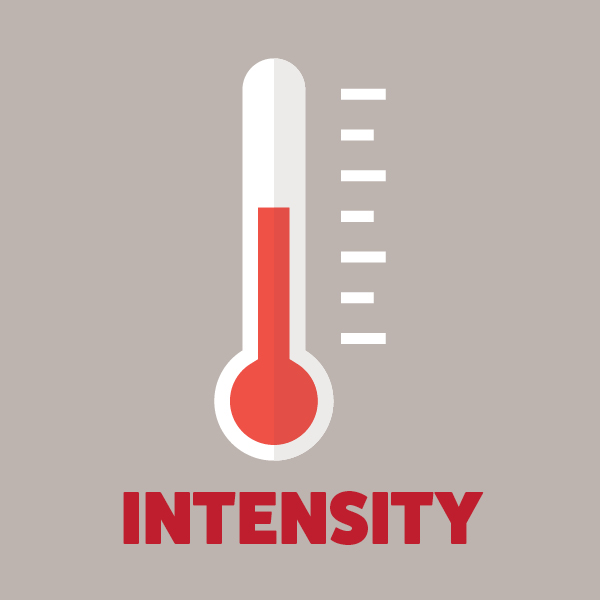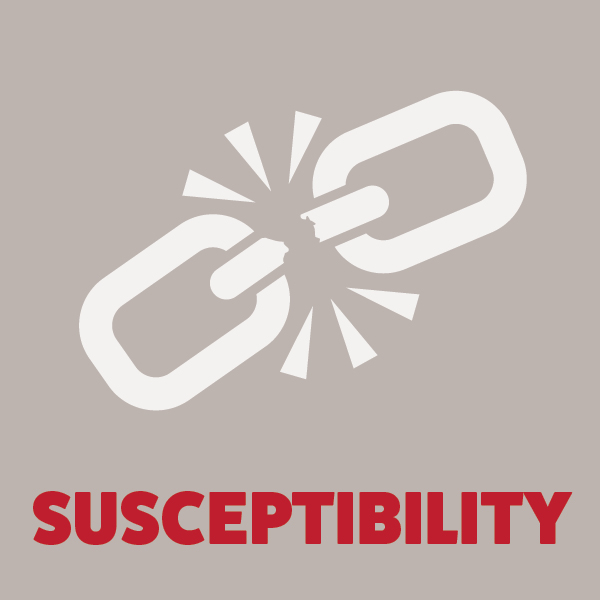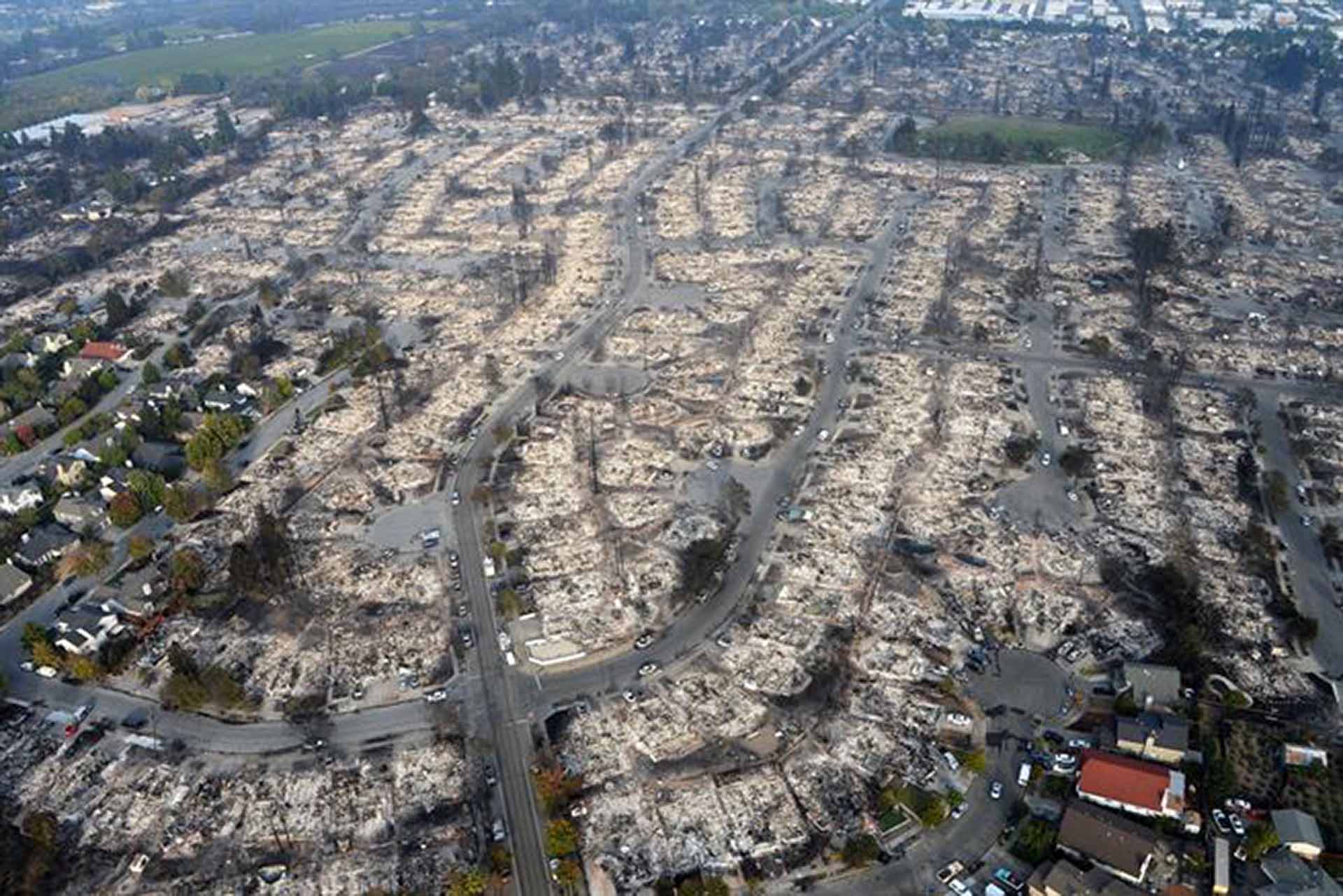
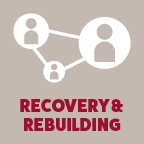
Recovery & Rebuilding
Restore the landscape and community following a wildfire.
About Recovery & Rebuilding
It can take months and even years to recover from the emotional, financial, and ecological impacts of a wildfire. The healing process for a community requires extensive resources and support.
Landscape stabilization and rebuilding homes and communities following a wildfire can be stressful and overwhelming. While immediate action is needed to address landscape rehabilitation, infrastructure repairs, post-fire flooding mitigation, and neighborhood restoration, long-term care is required to ensure personal well-being, financial stability, community health, and a renewed sense of place. Disaster recovery can also be approached with equity in mind.
Pre-fire mitigation steps—such as wildfire preparedness, ignition-resistant homes, land use planning, and equitable risk reduction activities—can reduce the work required to recover post-fire.

Explore your community’s risk.
Community Tools
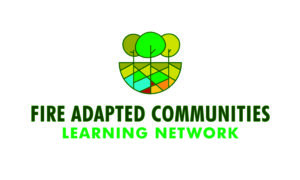
Fire Adapted Communities Learning Network
The Fire Adapted Communities Learning Network connects and supports people and communities who are striving to live more safely with wildfire. The purpose of FAC Net is to exchange information, collaborate to enhance the practice of fire adaptation, and work together and at multiple scales to help communities live safely with fire. This includes embracing resiliency concepts and taking action before, during and after wildfires. They offer a Fire Adapted Communities Self-Assessment Tool (FAC SAT) to help communities assess their level of fire adaptation and track their capacity to live safely with fire over time
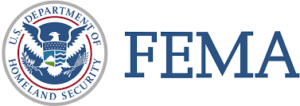
FEMA Hazard Mitigation Grant Program (HMGP)
FEMA’s Hazard Mitigation Grant Program (HMGP) is dedicated to breaking the cycle of disaster damage, reconstruction, and repeated damage. Hazard mitigation includes long-term solutions such as structural retrofits that reduce the impact of disasters in the future. Assistance is available up to 12 months following a presidentially-declared major disaster. Application extensions may be requested.
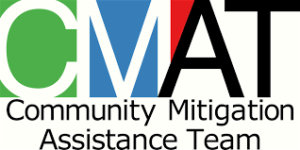
Community Mitigation Assistance Team (CMAT)
Community Mitigation Assistance Teams are a national interagency resource designed to work collaboratively with local partners to build sustainable mitigation programs focused on community fire adaptation actions on the ground. A CMAT works with communities at high risk of wildfire to analyze their mitigation programs and barriers, develop workable solutions to help move mitigation forward, share best mitigation practices for achieving outcomes, and build successful partnerships.
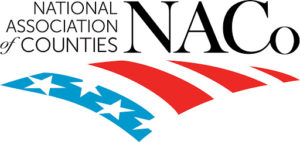
NACo County Wildfire Playbook
The National Association of Counties (NACo) produced this county leadership guide to help communities become more fire adapted and learn to live with wildland fire. The playbook has been designed by county commissioners, for county commissioners, as they endeavor to fortify and protect communities from high severity impacts of wildland fire.
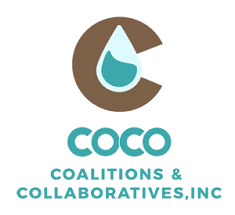
After the Flames
After the Flames is a curated list of post-fire recovery and restoration information. The resources are useful for communities as they work to establish plans and priorities that protect citizens, homes, essential infrastructure, and resources from the destruction that occurs after a catastrophic wildfire. After the Flames is an initiative of Coalitions and Collaboratives, Inc. (COCO).
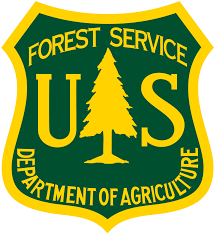
Emergency Assistance for Livestock, Honey Bees, and Farm-raised Fish (ELAP)
USDA Farm Service Agency’s Emergency Assistance for Livestock, Honey Bees, and Farm-raised Fish (ELAP) provides financial assistance to eligible producers of livestock, honeybees, and farm-raised fish for losses due to disease, certain adverse weather events or loss conditions. ELAP can help pay for transporting feed, water, and livestock to help keep ranchers ranching while preventing additional stress on drought-stricken land that may be vulnerable to fire.
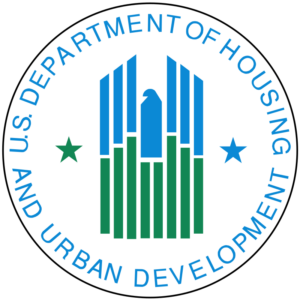
Community Development Block Grant Disaster Recovery (CDBG-DR)
Community Development Block Grant Disaster Recovery (CDBG-DR) program provides flexible funds to help cities, counties, and states recover from presidentially-declared disasters when appropriated by Congress. CDBG-DR funds can only be spent to meet the recovery needs caused by the disasters in the locations specifically stated in the appropriation. Funds can be used for disaster relief, long-term recovery, restoration of infrastructure, housing, and economic revitalization. It is administered by the U.S. Department of Housing and Urban Development (HUD).
Research & Science
- Alexandre P, Mockrin M, Stewart S, Hammer R, & Radeloff V. (2015). Rebuilding and new housing development after wildfire. International Journal of Wildland Fire, 24, 138-149.
- American Psychological Association. (2021). Disasters and Response.
- Federal Emergency Management Agency. (2019). After the Fire. Emmitsburg, MD: U.S. Fire Administration.
- Jerolleman, A. (2019). Disaster Justice for All: The Need for a More Equitable and Just Recovery Lens. Boulder, CO: Natural Hazards Center.
- Oregon State University Extension Service. (2006). Wildfire Recovery: Ways to Move Forward. Wildfire Recovery, 1(1). Corvallis, OR: Oregon State University Extension Service.
- Schumann RL, Mockrin M, Syphard A, Whittaker J, Price O, Gaither CJ, Emrich CT, & Butsic V. (2020).Wildfire recovery as a “hot moment” for creating fire-adapted communities. International Journal of Disaster Risk Reduction, 42. 101354.
Learn how these actions align with federal policies and initiatives.


